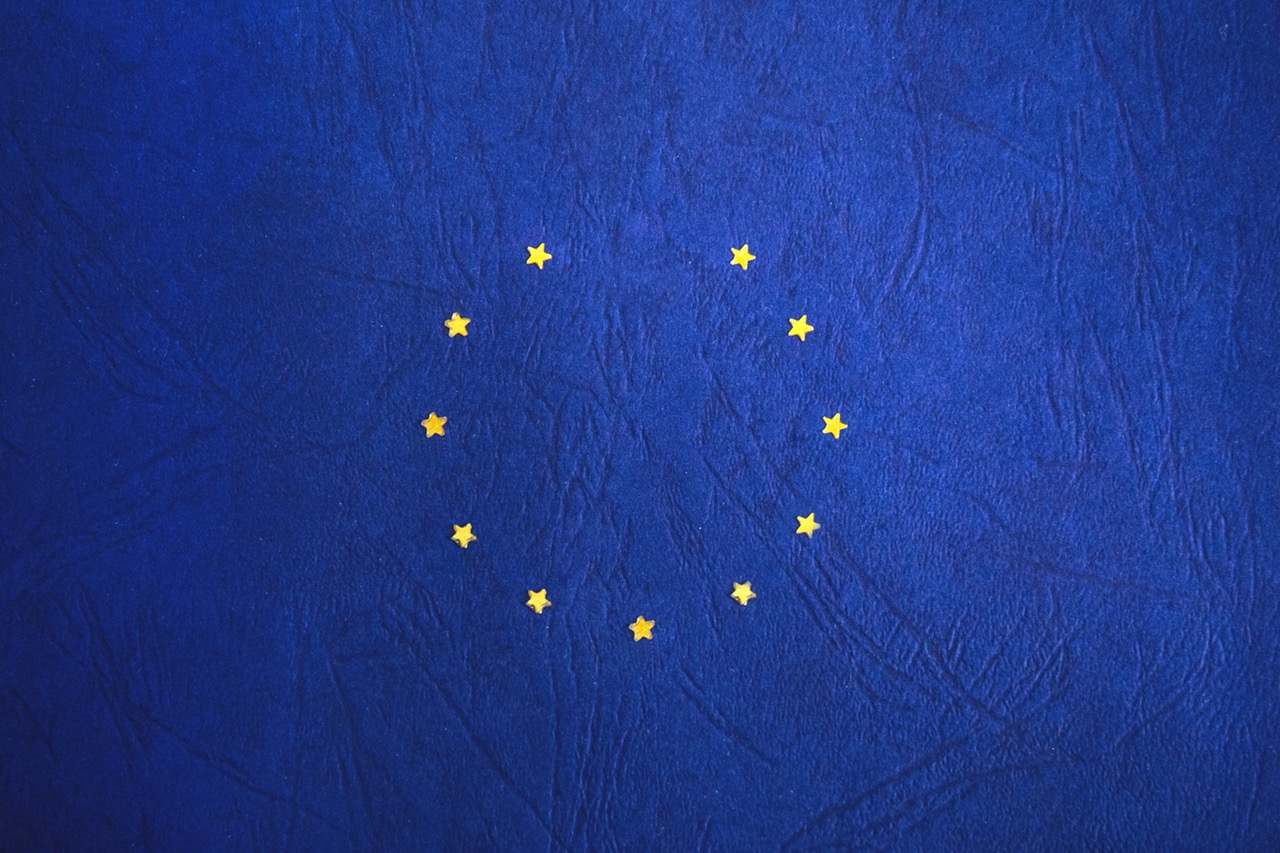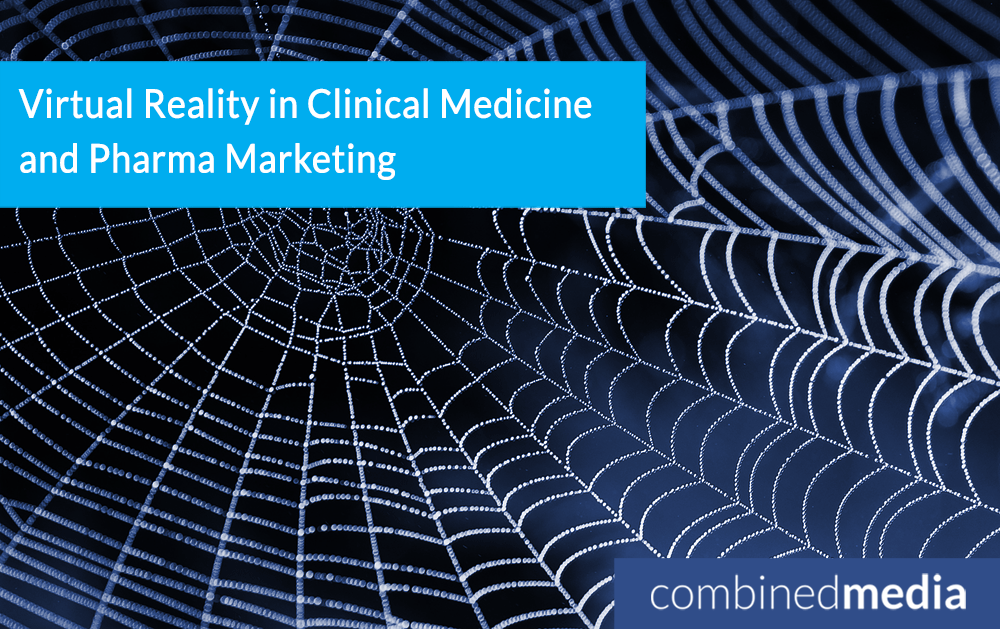
Five Pharma Marketing Digital Trends to Watch in 2018
The healthcare industry is constantly at the forefront of technology advancement to improve therapies and treatments, but not so much so when it comes to digital marketing innovations, particularly due to legal and compliance constraints. Keeping abreast of digital marketing trends could help getting ahead of competitors and ready to implement new digital marketing strategies next year.
Here’s five digital marketing trends for the pharma sector to watch in 2018.
Influencers Marketing
Reliable online sources of information usually get more attention than traditional ads and can have a stronger influence on people’s attitudes and behaviours. But who are these sources? And what’s the difference between an influencer and a brand ambassador?
Brand ambassadors are usually hired by brands for long-term relationships. An influencer can be anybody who is active on a number of social channels, with a relevant follower base that could range from few hundreds to millions of users, and who, based on the content of their posts, are a good fit for the campaign and the brand. The influencer should also benefit from publishing the content they are approached for[1]. A campaign that relies on small and bigger influencers usually achieves a widespread coverage.
Often, the goal of many disease awareness campaigns is to change people’s behaviours, for example for prevention or treatment adherence. For example, a user who suffers from diabetes and who is very active on social media can be successfully approached to call attention to sugar consumption to his/her followers. An ex-smoker could advocate to seek help to quit smoking.
In the case of medical products or medical devices, influencers can be engaged to report about their progress in the use of a drug or device. For example, the same person of our previous example, can be approached to report to her followers about his/her experience using a new glucose meter.
Messaging apps for pharma
Many businesses worldwide are currently leveraging messaging apps like Facebook Messenger or WhatsApp to engage customers with relevant and valuable content. For pharma this means an opportunity of one-to-one conversation with their customers, patients and even doctors, as well as a challenge.
Like all social media, the main obstacle for using messaging apps in pharma campaigns is adverse events. So, planning for adverse events monitoring and reporting will help bring forward your case for experimenting with these new channels. Particularly, you need to make sure that you will be able to capture and record conversations. You also need to consider security concerns: does the app provide encryption? Does it abide to your company’s regulatory compliance requirements? [2]
Finally, you need to carefully plan your resources. Who will be responsible of maintaining the messaging programme? Who will respond to users’ queries? Will you use chatbots?
An interesting use of messaging apps in the healthcare sector is for clinical trials recruitment. A study showed that text messages enhanced clinical trial recruitment.[3]
"For pharma this is an opportunity to draw doctors’ and patients’ attention to complex problems and raise brand awareness at the same time."
Chatbots for pharma
Chatbots are increasingly being used by companies to respond and engage with clients. They are programmed automated scripts used in direct conversation to mimic human response and behaviour. They can handle routine requests like surveys, questionnaires and FAQs.[4]
There are a number of ways the pharma industry can use chatbots to provide more personalized services and automate a number of time-consuming processes, in areas like customer support, marketing or education. This article lists some examples of chatbots usage in healthcare: they can be used as virtual nurses to provide assistance and support to patients taking medicines on a daily basis; personal health assistant chatbots help patients lead a healthy life through the use of an app; chatbots can be designed to respond to frequently asked questions; they can also be used to provide assistance and education to doctors.
www.healthtap.com is an example of a website and a downloadable app where patient can type health-related question and get a list of answers provided by more than 108,000 doctors.
Medwhat.com is a virtual medical assistant that answers questions from both consumers and doctors: “The answers are provided by an intelligent super-computer that learns about medicine every day and over time about your health record and medical questions history.”
Native Advertising for pharma
A well-established practice for most industries, native advertising is not yet a popular option when it comes to pharma. Native advertising is advertising that takes the form of an article. The content is always marked with some kind of label, like “sponsored” or “advertisement”, and it is displayed along with a publication’s editorial content. It is usually more effective than traditional display ads in terms of interest and engagement.
For pharma this is an opportunity to draw doctors’ and patients’ attention to complex problems and raise brand awareness at the same time. For example, a native article about the importance of travel vaccinations can feature in the travel section of a national newspaper. Native content about getting help to quit smoking, or about the benefits of a new glucose meter synced with a mobile app can be published in the health section of an online magazine. However, putting together content that is compliant with the company’s regulation and goes smoothly through the approval process can be time consuming.
Virtual Reality in Clinical Medicine and Pharma Marketing
Healthcare, pharma and biotech are probably the industries with some of the most inspiring results among those that have been experimenting with VR in the past few years.
Expanding from the entertainment industry, in recent years there has been a wide range of applications of Virtual Reality, as well as Augmented Reality and 360 Videos in clinical medicine and pharma, including health product demos, training and education and therapeutic uses.
The reason of this success, albeit in its infancy, lies in the fact that pharma companies need to understand and communicate with doctors and consumers in different ways, not limited to their purchasing behaviours, but including learning patterns, consumption habits, knowledge gaps and needs, drugs adherence behaviours and so on. They also need to craft their messages to cut through the noise of permeating health information available online. VR seems to do that in a functional and engaging way, by providing multi-sensory three-dimensional environments through the combination of different technologies.
Read more about Virtual Reality in Clinical Medicine and Pharma Marketing in our article.
[1] https://www.entrepreneur.com/article/249947
[2] https://www.liveworld.com/2017-guide-messaging-apps-pharma-companies/
[3] https://www.mosio.com/study-text-messaging-enhances-clinical-trial-enrollment-mobile-solutions-mosio/
[4] https://www.liveworld.com/pharma-marketers-start-using-messaging/

What were the threats faced by pharma after Brexit and where do we stand now?
Despite the challenges faced on many fronts, we believe that Brexit presents significant potential opportunities for pharma and healthcare industries based in Ireland, for a number of reasons.

Search Engine Marketing for Healthcare Companies
You might have heard of Search Marketing, Search Engine Marketing or Search Engine Optimization and wondered what the difference among them is and, most importantly, if your healthcare company is using the right Search Marketing techniques to gain website traffic and visibility on search engines

Virtual Reality in Clinical Medicine and Pharma Marketing
Are you arachnophobic? Do you have an irrational fear of spiders? The solution to overcome your phobia could be an actual Halloween-style spider experience that involves you being in a virtual environment with spiders. This is according to the Virtual Reality Medical Centre and it is only one of the many applications of Virtual Reality for clinical purposes.